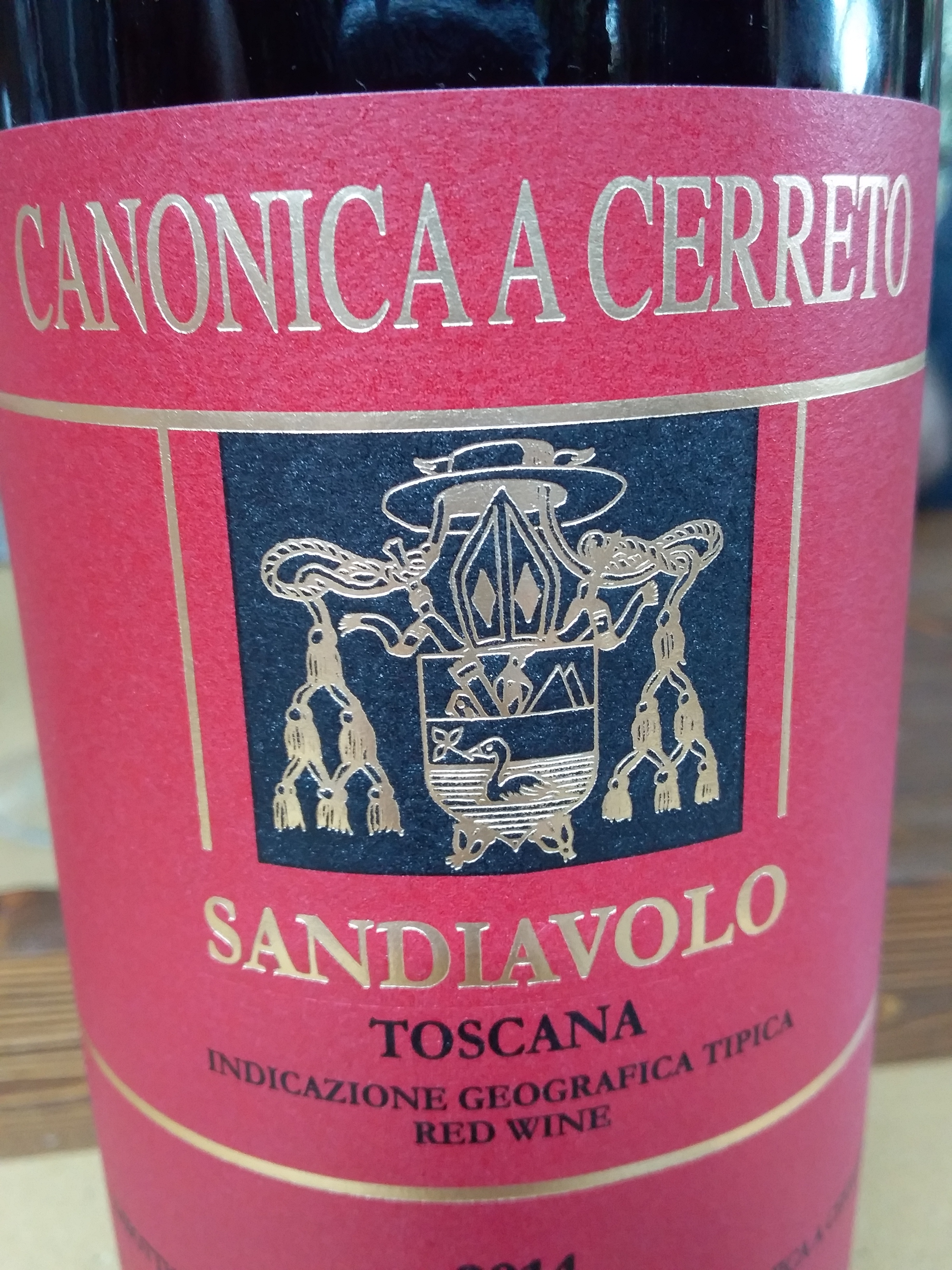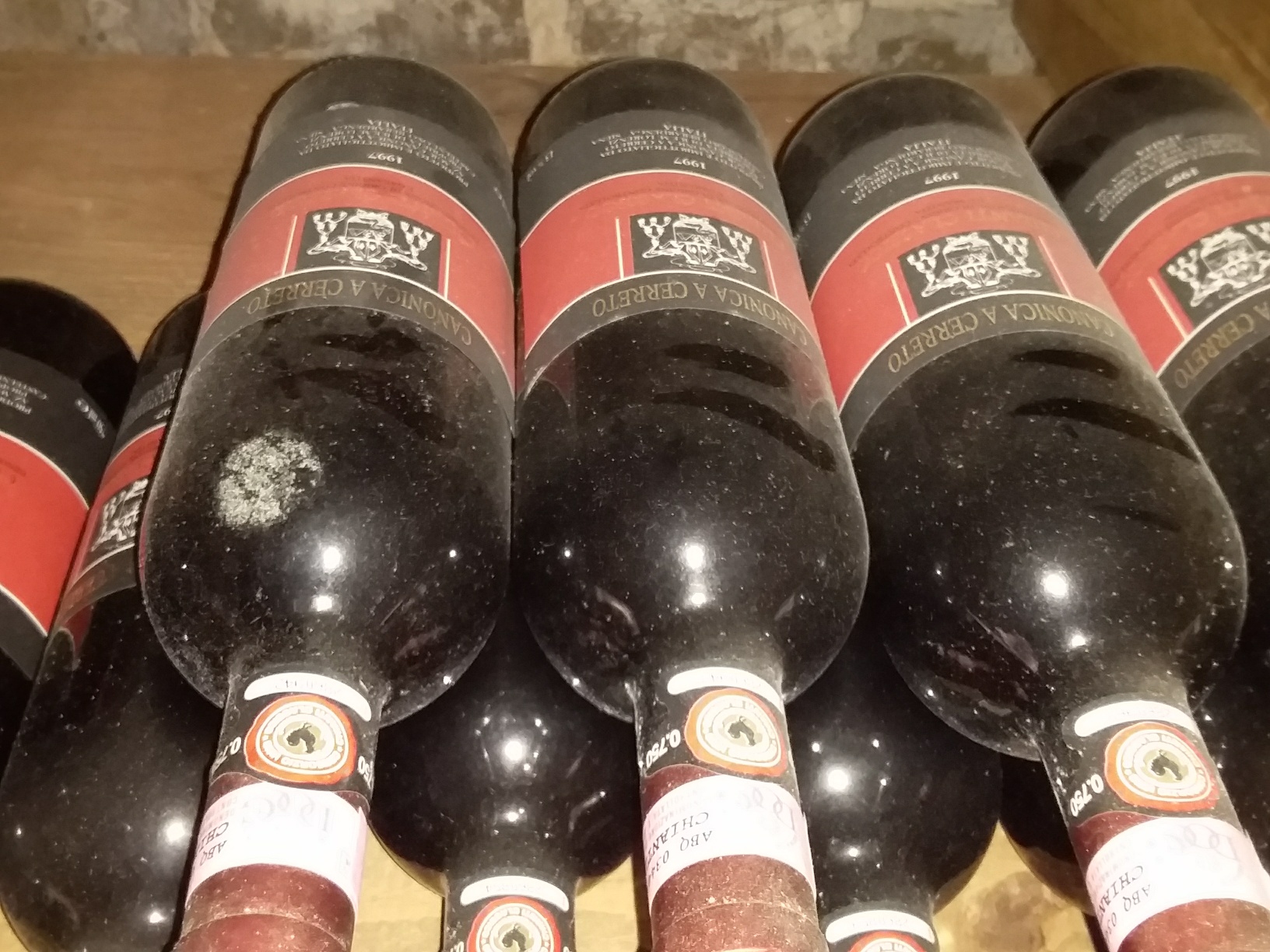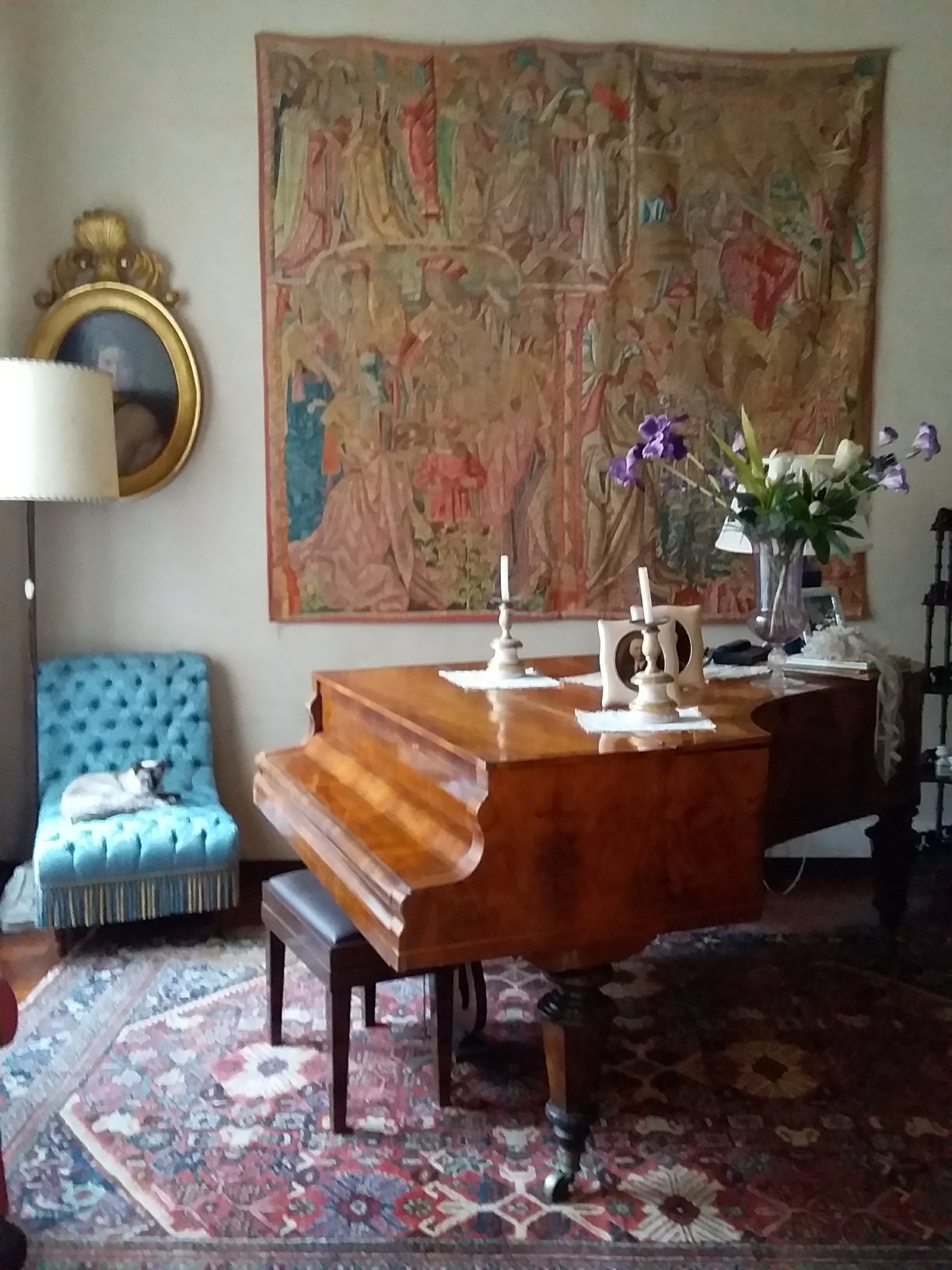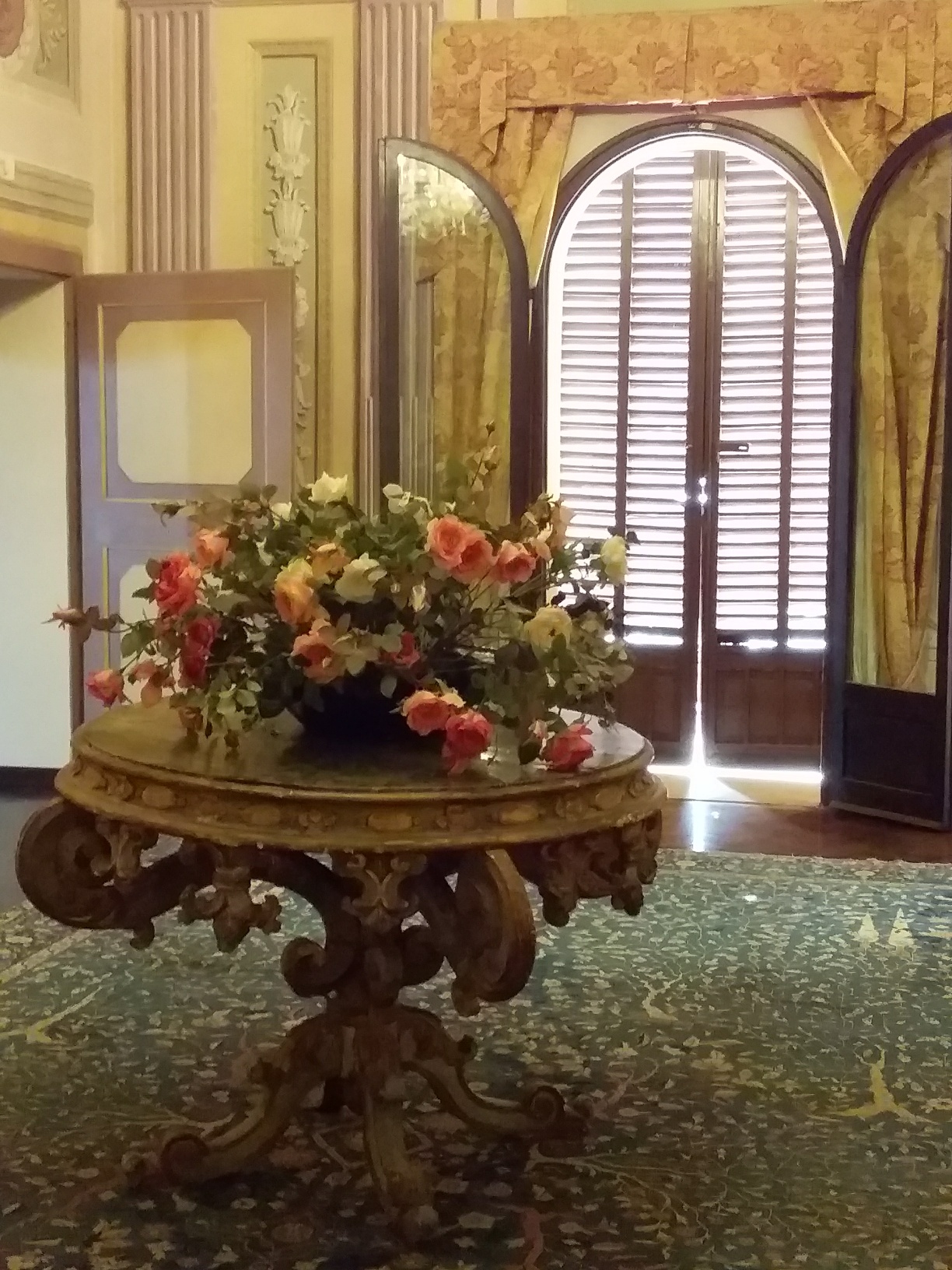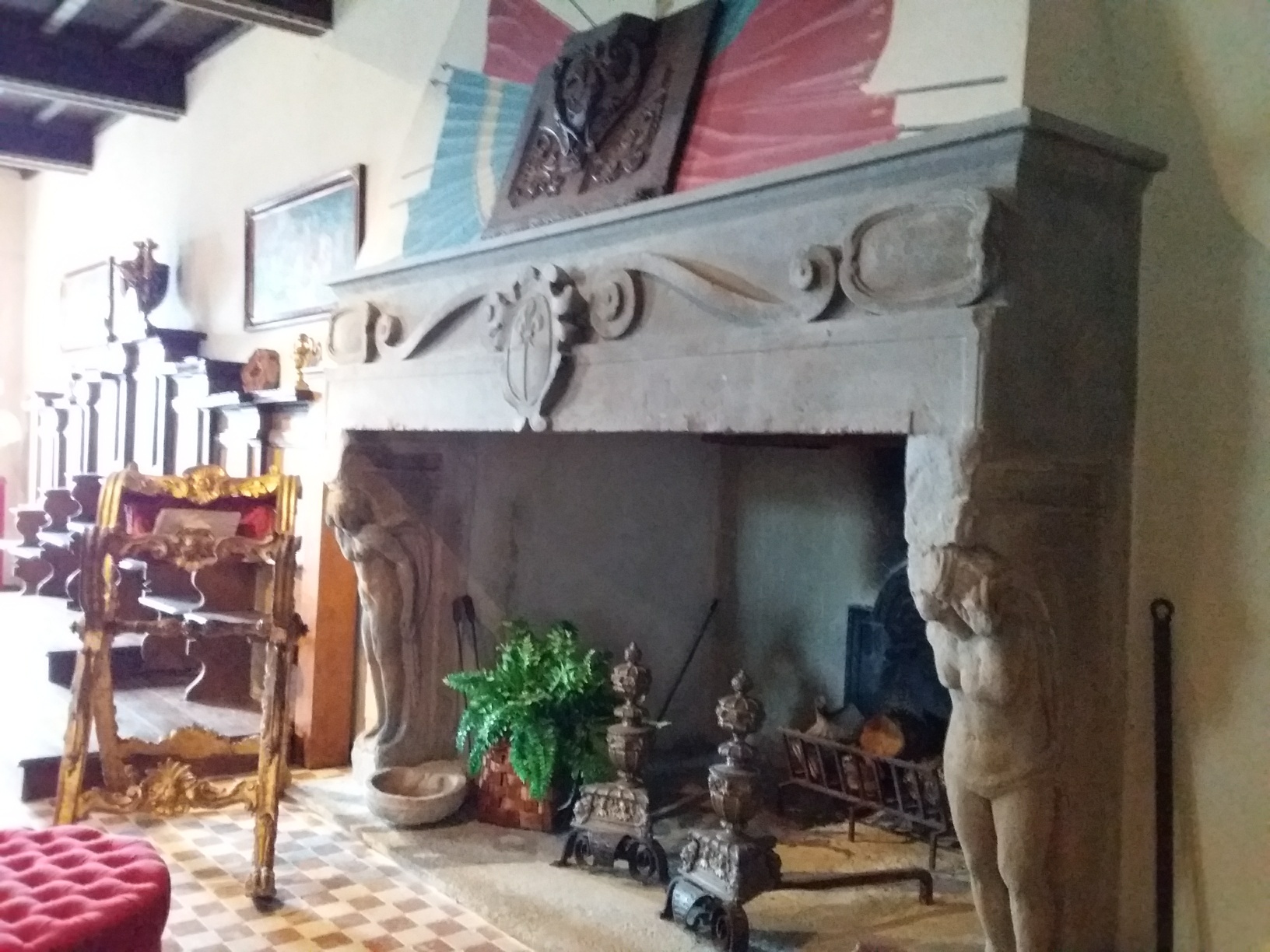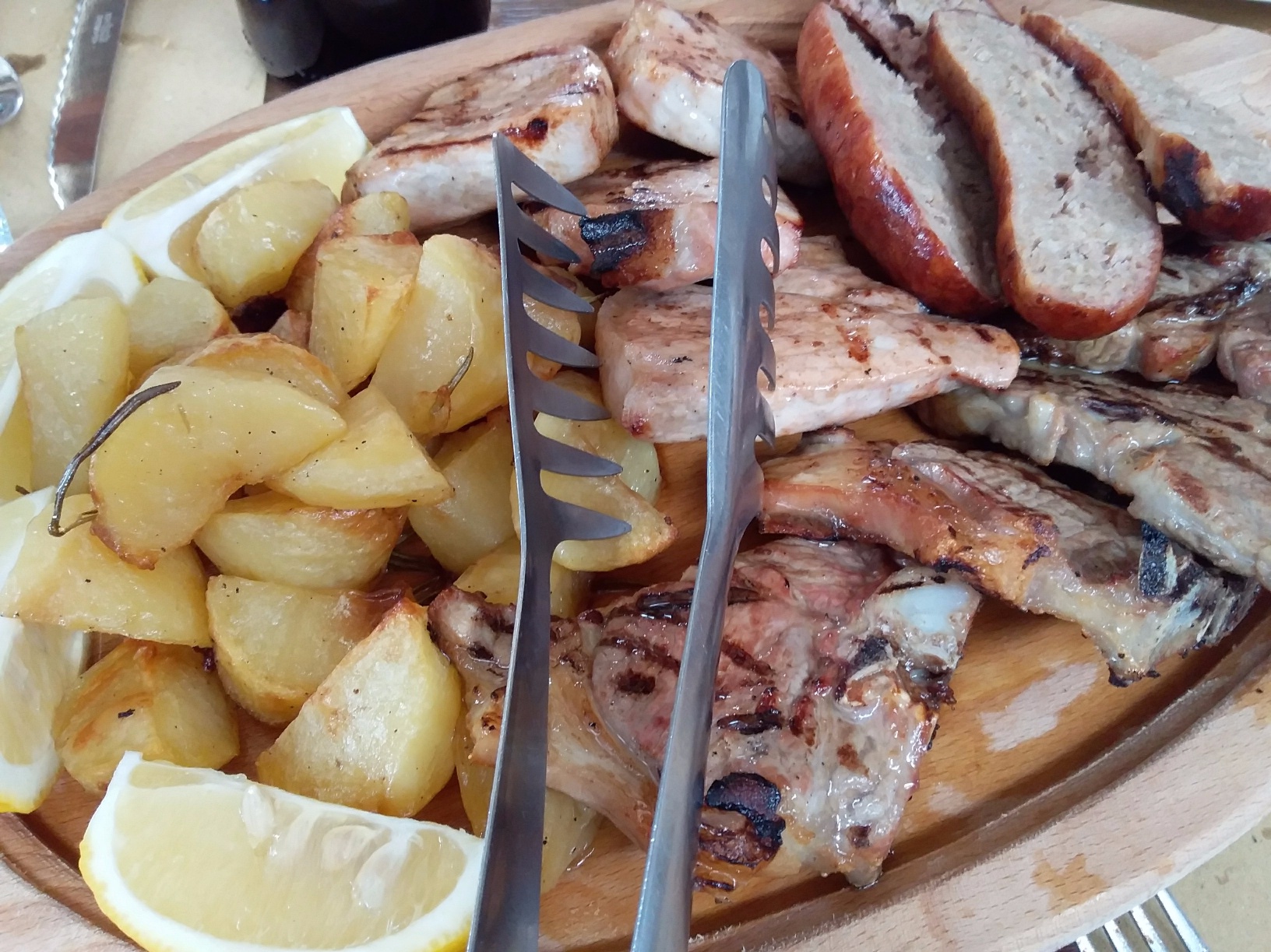Wine Tasting in Tuscany
In fall 2018, I spent a day driving through the Chianti region with friends (see A Taste of Chianti, October 2018). I’d been itching to get back to that area ever since, for its beauty and for the opportunity to do some wine tasting. The regional wine is Chianti Classico - a medium-bodied, dry red wine made mostly from Sangiovese grapes, grown and produced in the limited geographic area of the original five Chianti villages (outside of this small region the wine might be called Chianti, but it can not be labeled Chianti Classico nor can it carry the Gallo Nero (black rooster) symbol). And while I appreciate good wine, and loved my first experience with genuine Chianti Classico last year, I am definitely not a wine expert. And that’s where Mirko Gosgnach and Frontier Wine Tours enter the picture.
Mirko is an Italian/Canadian who knows a lot about wine, especially Chianti Classico.
He works with a small group of wine experts to help support smaller vineyards in the Chianti Classico region, to market their wines and to teach people like me about vines, grapes, wine production and the beauty of the Chianti region.
And since you can’t properly learn about wine without visiting the vineyards and tasting, Mirko leads wine-tasting tours, which is how I came to join a group of friends for a day with Mirko exploring the wines of the Chianti Classico region.
The day began in Italian style with a cappuccino at a local bar in Lucca where our group gathered to meet Mirko. We settled into his big, comfy SUV and quickly learned that we were in for a fun day visiting two wineries, one of which was on the grounds of a historic villa. The villa was not open to the public but, lucky us, Mirko had the keys! We also discovered that he not only speaks perfect English (along with fluent Italian) but he is charming, funny, knowledgeable, and flexible. And, he is prone to breaking into song as he drives through beautiful Tuscan landscapes.
Canonica a Cerato (the chapel)
Our first stop was at Canonica a Cerreto, just east of Siena in the comune of Castelnuovo Berardenga, part of the Chianti Classico region. The first wines were produced here a thousand years ago for the monks of Siena. The name, Canonica, reflects its origins as a summer rectory for the monks, and Cerreto, the name of the oak trees in the surrounding woods. Loosely translated: Little Chapel in the Oak Woods.
Today the vines cover gentle hills and the grapes are harvested by hand and aged in oak barrels. Around 120,000 bottles are produced each year, some of which are exported to the United States but many of which remain in local wine shops. And while the modern area for processing and bottling the wine is new, the older cellar is where we tasted the wines.
The old wine cellar and tasting room at Canonica a Cerreto
What lovely wines they were! Some were DOCG wines (this designates a wine of highest quality under Italian standards, with strict requirements for production and taste), including a wonderful Chianti Classico Riserva.
My favorite wine was the Sandiavolo (a bit of an oxymoron, which translates to Saint Devil). Sandiavolo carries an IGT (Indicazione Geografica Tipica) label. Restrictions for IGT wines are less strict and allow producers more flexibility in the blends of grapes used, though the grapes still come from a single region. This type of wine is often called “Super Tuscan.” And the Sandiavolo really was super! A blend of Sangiovese, Merlot and Cabernet Sauvignon grapes, it was … well, I can only say it was smooth, dry yet fruity, with not too much tannin. I am not nearly wine savvy enough to say things like “notes of blackberry, a hint of mineral” but Wine Spector gave the 2006 vintage this review: “generous, complex, elegant, and sweet. Small red and blackberries are in perfect equilibrium with a hint of forest floor, mineral notes, and sweet balsamic spice.” Uh huh … that’s just what I meant.
View from the terrace at Canonica a Cerreto
Canonica a Cerreto is also a stunning villa. Initially built as a retreat for clergy from Siena, remodeled by the Bishop of Siena in the 1700s. It passed into private hands in the early 1900s and sat abandoned from about 1930 until 1978. Since then it has been owned by the same Italian family who have restored the property, maintaining original character wherever possible. The results are a home elegant and comfortable filled with art and unique furnishings. And views to the Tuscan countryside!
Armed with several bottles of Canonica wine, we headed to lunch at restaurant Peposo in the nearby village of Pianella. Lunch featured regional Tuscan food - a starter of several types of cold cuts, cheese, a bruschetta with sausage and stracchino cheese, and some stuffed zucchini blossoms. Next came a primi (first course) of two types of pasta (light as a feather gnocchi with Bolognese sauce and a ricotta-filled ravioli with sage and butter) followed by a second course of roast meats (sausage, pork, and lamb). All were delicious and the setting, a long table on a pretty outdoor patio, made for a relaxed lunch with good conversation. The meal ended with coffee and a desert of a grilled peach topped with amaretti crumbles. If you find yourself driving through the hills of Chianti, it’s worth a stop here for lunch or dinner. The day was already perfect, and we had one more winery to visit after lunch.
The second winery, Fattoria Lornano, also operates as an agriturismo, hosting visitors who can enjoy their lovely gardens, pool, and Tuscan views. Here we tasted light summery rosato (rose) wines, a couple of Chianti Classicos (one a Reserva and one their most special Gran Selezione - a limited production of a fantastic wine).
Fattoria and Agriturismo Lornano
We ended with tasting a Vin Santo that one of our party called “nectar of the Gods.” It was simply the best Vin Santo I have ever tasted.
The wines of Fattoria Lornano
The day was one of those peak experiences - good company, great wines, wonderful food, and Tuscany. It doesn’t get much better. . There might even have been singing on the drive home. -post by Joanne
Contact information : www.Frontierwinetours.com
Mirko Gosgnach email: contact@frontierwinetours.com +39 338 608 5634





